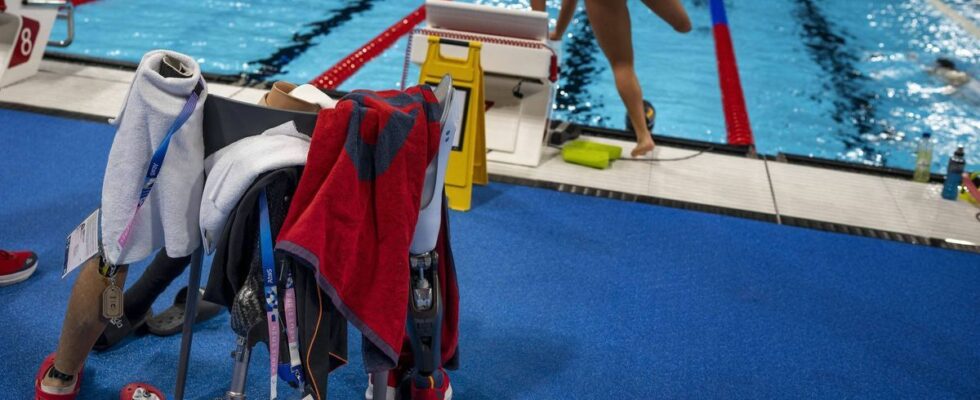Published on
updated on
Reading 2 min.
As the 2024 Paralympic Games opened last night in the heart of Paris, one question may be bothering us about the competitions. Given the diversity of disabilities, how can we ensure fair competitions?
It’s back to emotion and sport! Since this morning, and a little over two weeks after the end of the Olympic Games, the Paralympic competitions have taken over in the heart of Paris for a little over 5,000 athletes. On the program: 549 events, for 22 sports. But for each of these disciplines, how can we ensure that athletes affected by various disabilities compete fairly?
Fewer disciplines, but more adapted events!
First of all, you may have noticed that the Paris Paralympic Games have more medal events (549 for 22 disciplines) than the Olympic Games (329 events for 40 disciplines).This gap is explained by the diversity of event categories within each Paralympic sport, depending on the athletes’ disability.” specifies the magazine Science and Future.
In para athletics, for example, there are several 100-metre events: one for the visually impaired, one for people with mental disabilities, etc. Some categories, such as wheelchair races, are also divided into several events, depending on the degree of disability of the athletes.
A classification and coding in each discipline
Then each athlete enters a classification system according to their disability.
“When an athlete competes in a Paralympic competition, he or she is first classified into a disability category governed by a classification system. This classification is carried out by professionals from the medical and technical world whose mission is to assess the impact of the disability on the athlete’s sporting gesture and performance.” indicates the website Olympics.com
The classification system is specific to each discipline due to their history and the form of their practice, in order to allow athletes with a similar degree of disability to compete.
Each event therefore has a code, made up of a letter (J for Judo, S for Swimming for example) associated with a number. The higher the number, the lighter the disability (1 for blind for example, 2 for partially sighted). A second number can also be used to indicate the type of disability. Each athlete therefore competes in the category that is accessible to them. The different categories can be found on the website Olympics.com
Even more categories in para athletics
But it is in athletics that differences and all disabilities are celebrated with 164 events to follow. In this discipline, the number of events varies according to the disability categories represented, and there are many!
First, para athletics is divided into two categories: running and jumping, with a T for “track” and throwing with an F for “field”. Then, the associated number gives an indication of the type of disability of the athletes and their degree:
- 11 to 13: visual impairment;
- 20: mental handicap;
- 31 to 38: cerebral motor disability;
- 40 to 47: people of short stature, amputation of upper limb or similar, similar amputation of lower limb;
- T 51 to 54: wheelchair racing;
- F 51 to 58: wheelchair throwing events;
- 61 to 64: amputation of lower limbs.
In the end, 11 days of trials, spectacle and athletes with unfailing willpower await you.

